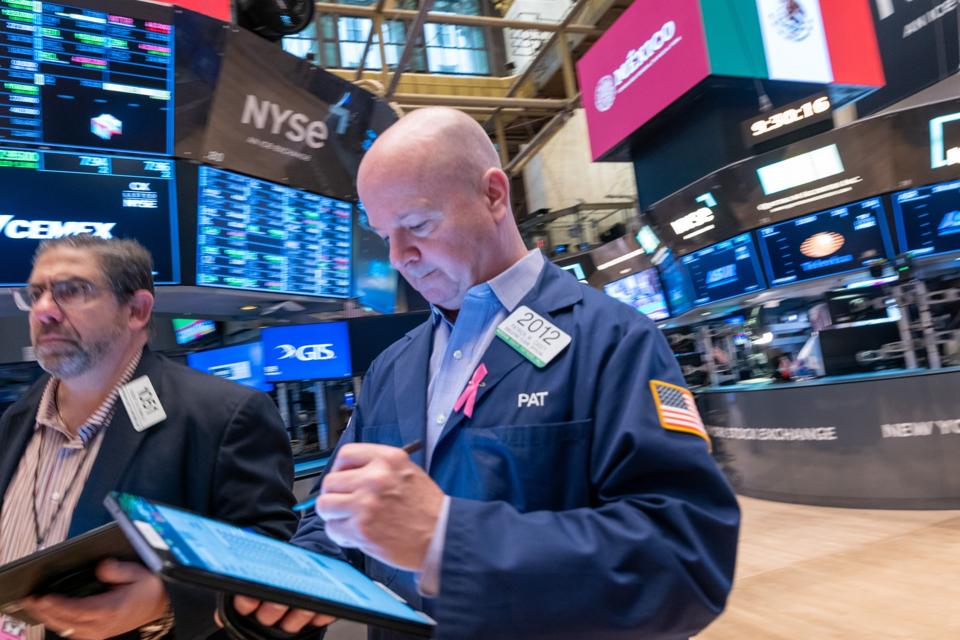Renewed fears of sticky inflation pushed 10-year Treasury yields nearly 50 basis points higher and the S&P 500 Index 4.2% lower in April. However, wage data has continued to moderate in 2024 with average hourly earnings dipping to 3.9% in April, the coolest reading since mid-2021 and down substantially from a peak of 5.9% in early 2022. April’s lower reading also brought the three-month annualized rate of change for average hourly earnings to just 2.8%, which suggests wage gains should moderate further in the coming months. With wages slowing to levels consistent with an eventual return to the Federal Reserve’s 2% inflation target, policymakers do not appear to be in a rush to reverse course and hike interest rates, despite the recent resurgence of inflation fears.
Historically, once wage growth has accelerated to a high level it has stayed that way through to a recession. However, an array of data suggests the current economic cycle is one of the most unique in modern history. Critically, the moderation in wage gains has reached a more sustainable pace broadly consistent with the Fed’s 2% inflation target yet is still strong enough to support robust consumer spending. Wages reaching a “Goldilocks” zone that can support spending (and thus the continued economic expansion) without setting off a wage-price spiral which would spur a return to tighter monetary policy is critical because labor income is the primary source of spending for most Americans.
The massive wage surge in 2021 was a part of the reason the Fed increased the federal funds rate so aggressively. However, the labor market today bears little resemblance to what was seen at that time. Back then, finding workers was one of the most challenging problems facing employers as the economy exited the pandemic. The labor force — those working or looking for work — in early 2021 was about 4.5 million workers smaller than it was pre-pandemic, even as job openings surged. With labor demand (job openings) exceeding labor supply, wages rose to restore balance. Higher incomes spurred workers to enter the labor force over the next three years, and today the labor force is more than 3 million workers larger than at the end of 2019.
Labor supply also benefited in recent years from the pickup in immigration. While this topic can become politically polarizing, it has important economic ramifications. The Congressional Budget Office recently revised its estimates of net immigration higher by 3.3 million individuals over the past two years, representing a large pool of additional potential workers. Further, the CBO expects an additional 4.4 million workers to arrive over the next three years relative to prior expectations, which should further add to the pool of potential workers and continue to put downward pressure on wage gains.
The labor market also changed on the demand side of the equation, helping bring the market into better balance. Job openings swelled in 2021 when workers were hard to find, rising by nearly 5.5 million from pre-pandemic levels. While some of this increase was likely double postings, it coincided with a period of robust hiring with 7.2 million jobs created in 2021 alone. However, the pace of hiring began to slow in 2022 and job openings began to decline. Although there are still 1.8 million more job openings today compared to the end of 2019, the number of job postings has fallen by 3.7 million from peak, a clear sign labor demand is softening but remains robust.
With the labor market coming into better balance and wages falling to a level consistent with the Fed’s 2% inflation target, the central bank can afford to remain patient even in the face of a series of unfavorable inflation releases so far in 2024. While historically uncommon outside of a recession, this rebalancing of the labor market is a welcome development that further boosts the already high likelihood of a soft landing.
Jeffrey Schulze, CFA
, is Director, Head of Economic and Market Strategy at ClearBridge Investments, a subsidiary of Franklin Templeton. His predictions are not intended to be relied upon as a forecast of actual future events or performance or investment advice. Past performance is no guarantee of future returns. Neither ClearBridge Investments nor its information providers are responsible for any damages or losses arising from any use of this information.

